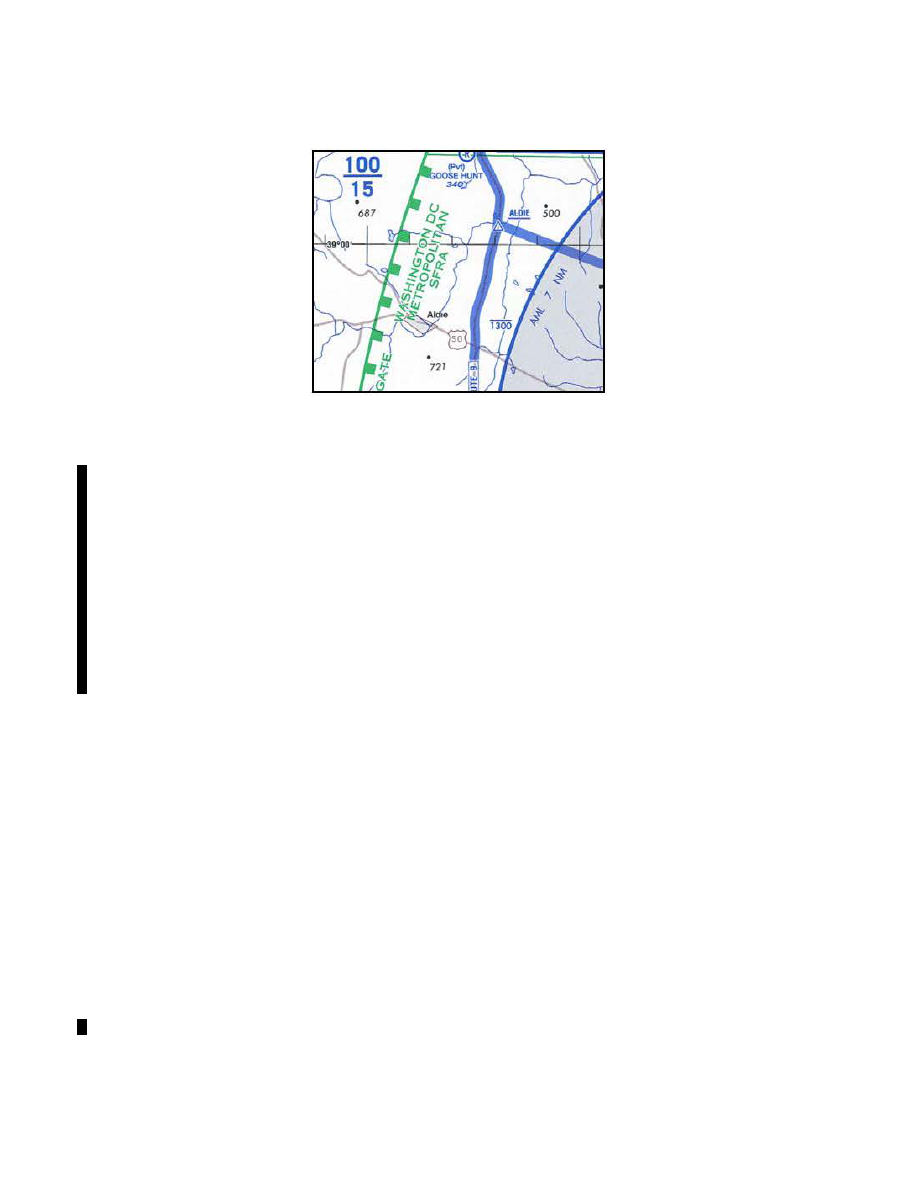
AIM
10/5/23
FIG 3
−
5
−
4
SFRA Boundary
e.
Additional information and resources regarding SFRA, including procedures for flight in individual areas,
may be found on the FAA Safety website at http://www.faasafety.gov
3
−
5
−
8. Washington, DC, Special Flight Rules Area (SFRA) including the Flight Restricted
Zone (FRZ)
A pilot conducting any type of flight operation in the Washington, DC, SFRA/FRZ must comply with the
requirements in:
a.
14 CFR Section 93.339, Washington, DC, Metropolitan Area Special Flight Rules Area including the FRZ.
b.
14 CFR Section 91.161, Special Awareness Training for the DC SFRA/FRZ, also located on the FAA
website at https://www.faasafety.gov/.
c.
Any 14 CFR Section 99.7 special security instructions for the DC SFRA/FRZ published via NOTAM by
FAA in the interest of national security.
3
−
5
−
9. Weather Reconnaissance Area (WRA)
a. General.
Hurricane Hunters from the United States Air Force Reserve 53
rd
Weather Reconnaissance
Squadron (WRS) and the National Oceanic and Atmospheric Administration (NOAA) Aircraft Operations
Center (AOC) operate weather reconnaissance/research aircraft missions, in support of the National Hurricane
Operations Plan (NHOP), to gather meteorological data on hurricanes and tropical cyclones. 53
rd
WRS and
NOAA AOC aircraft normally conduct these missions in airspace identified in a published WRA Notice to Air
Missions (NOTAM).
b. WRAs.
Airspace with defined dimensions and published by a NOTAM, which is established to support
weather reconnaissance/research flights. ATC services are not provided within WRAs. Only participating
weather reconnaissance/research aircraft from the 53
rd
WRS and NOAA AOC are permitted to operate within
a WRA. A WRA may only be established in airspace within U. S. Flight Information Regions (FIR) outside of
U. S. territorial airspace.
c.
A published WRA NOTAM describes the airspace dimensions of the WRA and the expected activities
within the WRA. WRAs may border adjacent foreign FIRs, but are wholly contained within U.S. FIRs. As ATC
services are not provided within a WRA, non
−
participating aircraft should avoid WRAs, and IFR aircraft should
expect to be rerouted to avoid WRAs.
3
−
5
−
10. Other Non
−
Charted Airspace Areas
a.
Stationary or Moving Altitude Reservation (ALTRV). A Stationary or Moving ALTRV is announced via
an airspace NOTAM issued by the Central Altitude Reservation Facility (CARF) or ARTCC. These
3
−
5
−
10
Other Airspace Areas